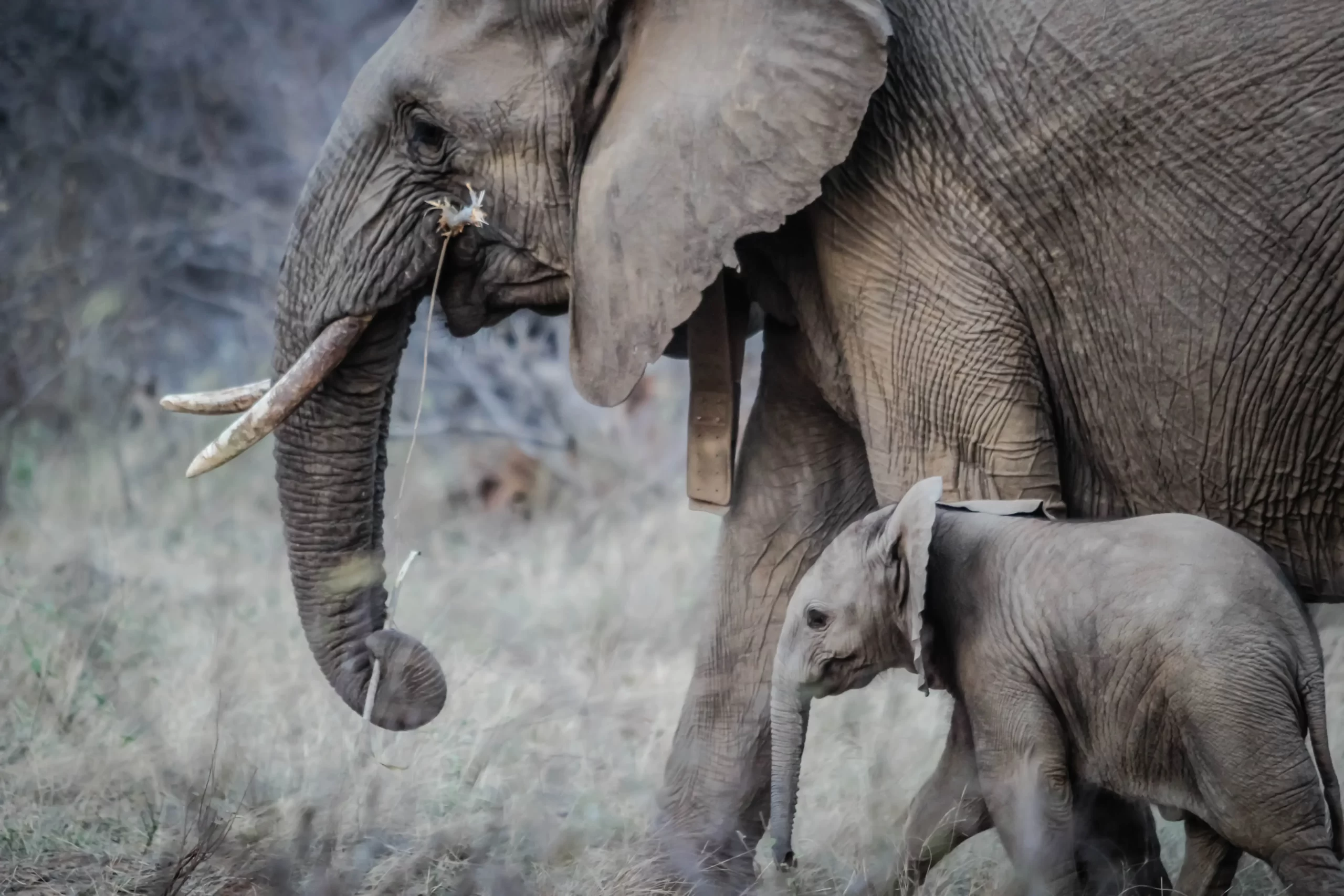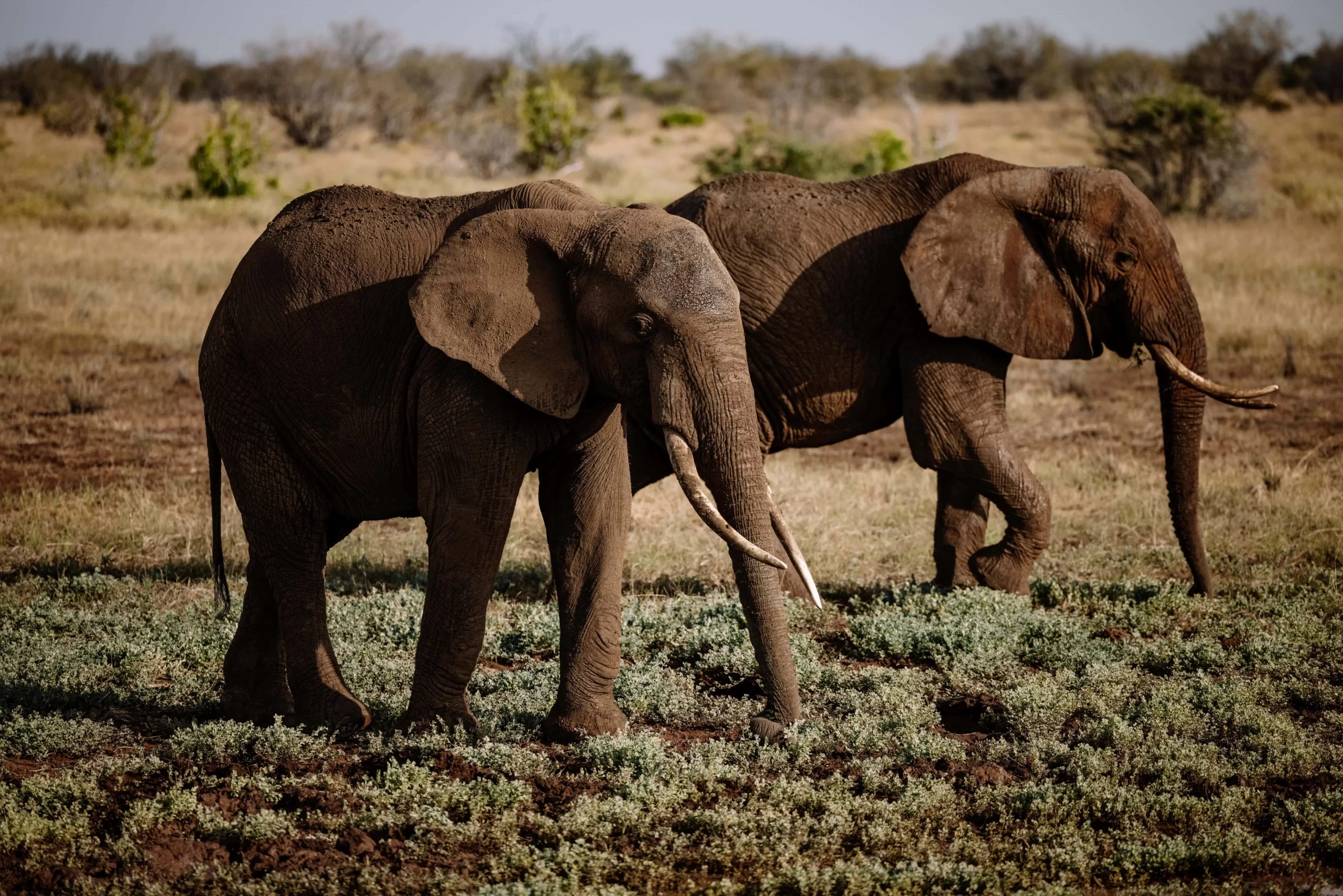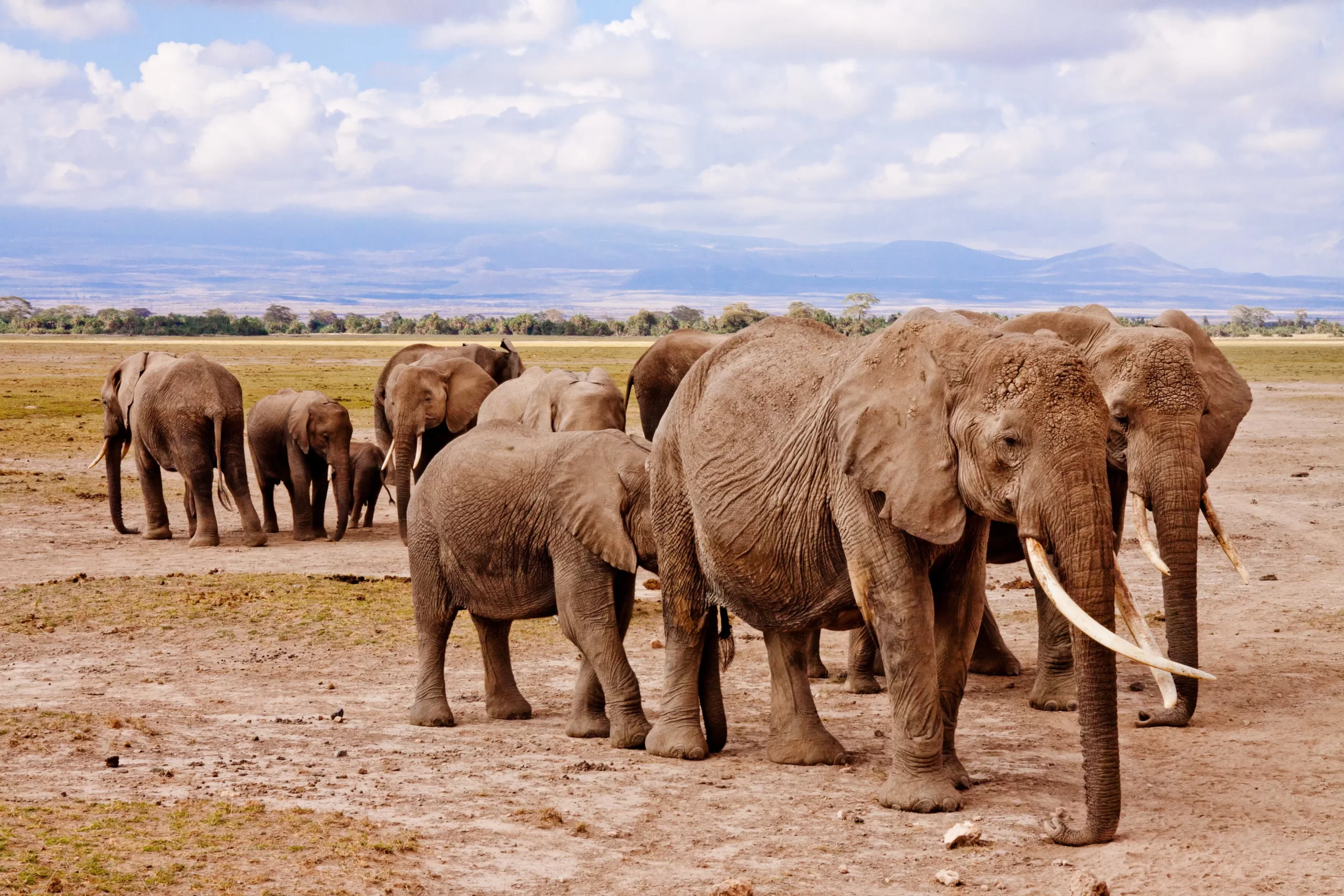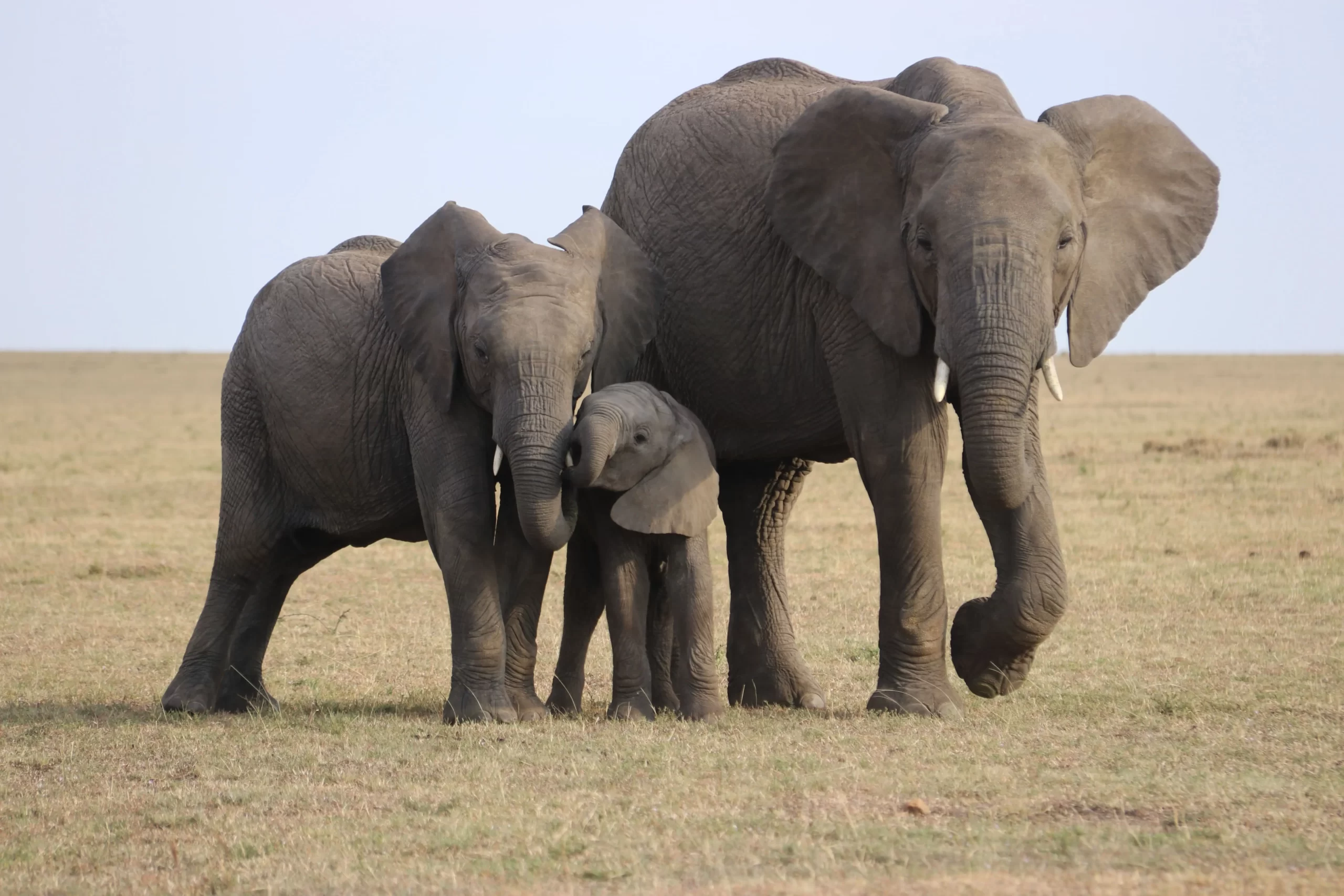Table of Contents
Elephants, the grandiose wonders of the animal kingdom, lead lives filled with complexity and intrigue. In this exploration, we embark on a journey into the depths of their existence, from the intricacies of their social structures to the remarkable problem-solving abilities that define them. Join us as we unravel the hidden facets of these magnificent creatures, shedding light on the marvels that make them a true testament to the wonders of the natural world.

Social Structures of Elephant Herds
Elephant herds, like intricate societies, boast a hierarchical structure that plays a pivotal role in their survival. At the helm of this social order, matriarchs guide their kin through the challenges of life, utilizing a leadership hierarchy that ensures cohesion and resilience within the group. These intricate social bonds serve as the cornerstone of elephant communities, fostering a sense of unity that transcends mere familial ties. For example, during times of scarcity, the matriarch’s knowledge guides the herd to water sources, showcasing the importance of this leadership role.
Communication Methods
Communication among elephants is a symphony of vocalizations, body language, and the subtle nuances of infrasound. Their vocal repertoire, ranging from trumpets to rumbles, conveys a rich tapestry of meanings within the herd. Observing the majestic creatures engage in complex body movements and gestures unveils a language of its own. Further adding to this intricate communication web is the use of infrasound, allowing them to convey messages across vast distances. In times of danger, they use these low-frequency rumbles to warn the herd.

Problem-Solving Abilities
In the wild, elephants showcase an unparalleled ability to navigate challenges through ingenious problem-solving. Their cognitive flexibility shines as they adapt to a myriad of situations, demonstrating a collaborative spirit within their herds. For instance, when faced with an obstacle blocking their path to water, they have been observed working together to move the obstacle, highlighting their cooperative problem-solving skills.
Emotional Intelligence
Beyond their physical prowess, elephants exhibit a profound emotional intelligence that sets them apart. Evidence of deep emotional connections within the herd is poignant, with responses to grief and loss underscoring the complexity of their emotional lives. In times of mourning, elephants have been observed showing empathy by staying close to the grieving individual to provide comfort and support.

Migration Patterns
Elephants, with a keen sense of seasonality, embark on epic migrations, tracing routes that have been etched in their collective memory. The reasons behind these migrations unfold a narrative of ecological significance. During migrations, they play a crucial role in seed dispersal, promoting the growth of vegetation along their routes and influencing the biodiversity of the areas they traverse.
Feeding Habits
The dietary preferences of elephants encompass a rich variety of vegetation, showcasing their adaptability to diverse ecosystems. From foraging strategies to the impact on biodiversity, their feeding habits play a crucial role in maintaining the delicate balance of the ecosystems they inhabit. For example, their selective feeding helps control the growth of certain plant species, preventing overgrazing and promoting biodiversity.

Parenting and Care
Elephant parenting is a nuanced affair, characterized by maternal care, strong bonds, and the guiding influence of matriarchs. Witnessing the intricate learning and development stages of elephant calves provides a glimpse into the nurturing environment that shapes the future generations of these majestic beings. Mothers invest years in teaching their offspring essential skills, such as finding food and recognizing threats, emphasizing the importance of maternal guidance.
Tool Use in the Wild
Instances of tool utilization by elephants add another layer to their intellectual prowess. Purposeful tool use reflects their ability to adapt and innovate, drawing intriguing comparisons with other intelligent species exhibiting similar behaviors. Elephants have been observed using branches to swat away insects or creating makeshift pathways through dense vegetation, showcasing their resourcefulness in the wild.

Cultural Knowledge Transmission
The passing down of knowledge through generations among elephants reveals the existence of unique cultural practices within specific herds. These practices, deeply ingrained in their social fabric, have far-reaching implications for conservation strategies. For instance, specific herds may exhibit unique migration patterns or foraging techniques that are passed down from one generation to the next, contributing to the cultural diversity among elephant populations.
Conservation Efforts and Challenges
Despite their magnificence, elephants face numerous challenges in the wild, including habitat loss and poaching. Exploring ongoing conservation efforts becomes imperative to understand the critical role each of us plays in ensuring the survival of these gentle giants. As stewards of the planet, our commitment to conservation is essential for the well-being of elephants and the ecosystems they inhabit.
In conclusion, “The Secret Lives of Elephants” takes us on a profound journey into the intricate world of these magnificent beings. As we unravel the layers of their behaviors, let us reflect on our shared responsibility to preserve and protect the wonders of the animal kingdom.
Explore more articles on our birds, dogs, and cats categories. If you missed our previous posts, catch up on the Shoebills, 18 Amazing Cat Facts, 10 Dogs That Broke World Records, and 7 Bird Species for First-Time Bird Owners that are sure to pique your interest.
F. A. Q. about Elephants
How long do elephants live?
Elephants typically live between 60 to 70 years in the wild, although some may surpass this range.
What do elephants eat?
Elephants are herbivores, primarily consuming a diverse diet of grasses, fruits, leaves, and bark.
How long are elephants pregnant?
Elephants have a lengthy gestation period of about 22 months, making it one of the longest among land mammals.
How many elephants are left in the world?
The current global elephant population is estimated to be around 415.000, with efforts in place to monitor and protect their numbers.
Where do elephants live?
Elephants inhabit a variety of habitats, including savannas, forests, and grasslands, primarily in Africa and Asia. The adaptability of their habitats underscores the need for conservation measures across diverse ecosystems.
How intelligent are elephants?
Elephants are renowned for their high level of intelligence, exhibiting problem-solving abilities, emotional intelligence, and complex communication methods that contribute to their survival strategies in the wild. Examples include their cooperative problem-solving skills and the use of tools for various purposes, showcasing their adaptability and resourcefulness.


